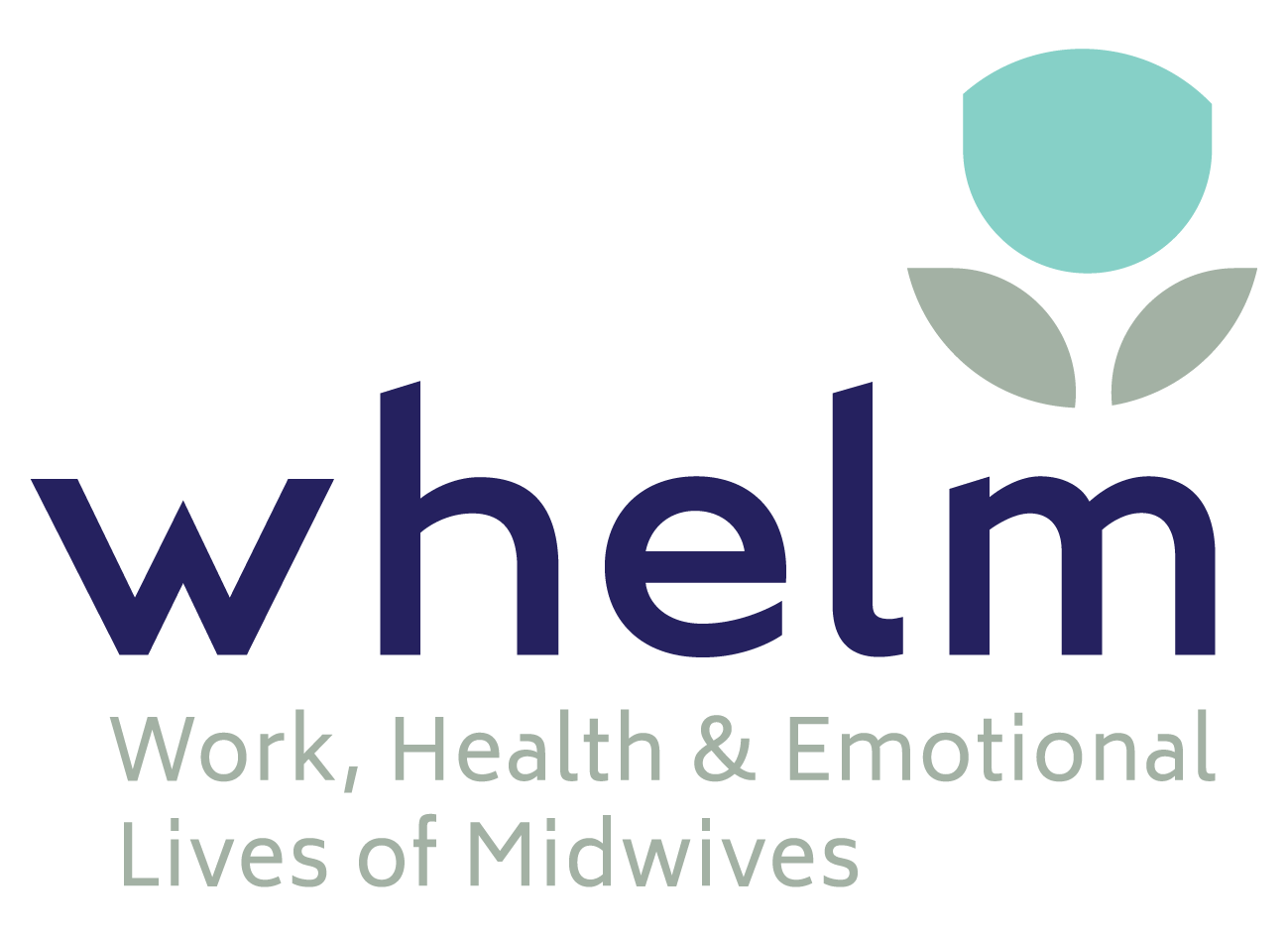Research in context
In Australia and many high-income countries, the rate of caesarean section (CS) is increasing. There is no evidence that higher rates of CS improve health outcomes, which raises concerns about overuse of the surgical procedure (ACOG et al., 2014).
In 2000, 1 in 5 Australian women had a caesarean section. That rate is now more than 1 in 3 (AIHW, 2018). For women having their first baby in Australia the risk of CS is 37% (AIHW, 2020). Once a woman has experienced a CS, future vaginal birth is much less likely. In Australia, 7 out of 8 women will have a repeat CS for their next baby (AIHW, 2020). Therefore, preventing the first caesarean section (called a “primary CS”) is paramount wherever safely possible (ACOG et al., 2014).
Some have attributed the significant rise in CS rates to the increase in older and more obese pregnant women (RANZCOG – AIHW releases data on caesarean section in Australia). Indeed, age ≥35 years and obesity can increase the chances of health issues including high blood pressure, diabetes, and multiple pregnancies. Nevertheless, this change alone is unlikely to explain the magnitude of the rise in CS rates, nor the differences in CS rates in different settings (WHO, 2018).
What the research did
New research led by PhD candidate Haylee Fox, supervised by TMCC Deputy-Director, Associate Professor Emily Callander, aimed to build our knowledge in this area: https://onlinelibrary.wiley.com/doi/full/10.1111/birt.12530
Fox et al. (2021) used routinely collected hospital data to analyse the main reasons recorded by clinicians for primary CS in Queensland Health hospitals. Nearly 100,000 women either having their first baby or having a subsequent baby after previous vaginal birth were included in the study. Women who had experienced a previous CS were excluded.
What the research found
The top two reasons women in Queensland public hospitals had a primary CS were: ‘abnormal fetal heart rate’ (23%) and ’primary inadequate contractions’ (23%). Medical interventions including artificial rupture of membranes (ARM), oxytocin augmentation or induction of labour, and epidural analgesia predicted CS for fetal heart rate concerns (as did obstructed labour). Where a primary CS was performed due to “inadequate” contractions, epidural analgesia, ARM, fetal stress, and oxytocin augmentation or induction were predictive factors.
So what does this mean?
Induction of labour and epidural analgesia predict the two most common reasons for primary CS. Accurate, evidence-based information about the potential consequences of induction of labour or epidural should be provided to all women (Fox et al, 2021). Indeed, these results warrant professional reflection on the use of induction of labour and epidural analgesia, alongside critical review of relevant policies, given the clear link with primary CS.
An Australian study including 1.25 million reported women who accessed birth centre or homebirth had lower rates of oxytocin augmentation and epidural use. Maternal and perinatal outcomes by planned place of birth in Australia 2000 – 2012: a linked population data study | BMJ Open. The Cochrane systematic review found women receiving midwife-led care in a hospital setting were less likely to receive an epidural, although it appeared to make no difference to rates of induction of labour or oxytocin augmentation. Midwife-led continuity models of care compared with other models of care for women during pregnancy, birth and early parenting | Cochrane
Midwifery continuity of care models and out-of-hospital birth protect against overuse of medical interventions including CS. Universal access to continuity of midwifery care should be a national policy priority.
References
American College of Obstetricians and Gynecologists (College); Society for Maternal-Fetal Medicine, Caughey AB, Cahill AG, Guise JM, Rouse DJ. (2014). Safe prevention of the primary cesarean delivery. American Journal of Obstetrics and Gynecology, 210(3), 179-93. https://doi.10.1016/j.ajog.2014.01.026
Australian Institute of Health and Welfare. (2020). Australia’s Mothers and Babies 2018 – In Brief. AIHW.
Fox, H., Topp, S. M., Lindsay, D., & Callander, E. (2021). A cascade of interventions: A classification tree analysis of the determinants of primary cesareans in Australian public hospitals. Birth: Issues in Perinatal Care, 00, 1-12. https://doi.org/10.1111/birt.12530
Homer, C.S.E., Cheah, S.L., Rossiter, C. et al. (2019). Maternal and perinatal outcomes by planned place of birth in Australia 2000 – 2012: a linked population data study. BMJ Open, 9, e029192. https://doi.10.1136/bmjopen-2019-029192
Sandall, J., Soltani, H., Gates, S., Shennan, A., & Devane, D. (2016). Midwife-led continuity models versus other models of care for childbearing women. Cochrane Database of Systematic Reviews, Issue 4. Art. No.: CD004667. https://doi.10.1002/14651858.CD004667.pub5
World Health Organization. (2018). WHO Recommendations Non-Clinical Interventions to Reduce Unnecessary Caesarean Sections. WHO.








